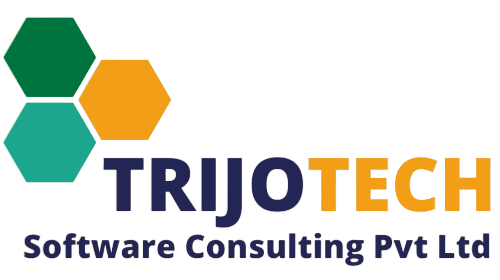Introduction
Starting a Legal & Management Consolidation project can seem overwhelming notably if you are dealing with multiple businesses different countries and various financial systems. Preparing good is the name to devising true everything goes swimmingly and you do look sudden problems after along. Here a step-by-step guide to help you get started.
Understand Your Current Financial Setup

Before diving into consolidation it important to understand how your company financial system works. Take the sentence to learn however your organization currently manages its fiscal coverage. Look at the systems, reports, and processes used for Legal (statutory) consolidation (the one required by law) and Management Consolidation (internal performance tracking).
What to Look At:
- Chart of Accounts: A list of all the accounts your company uses to record financial transactions.
- Entity Structures: The relationship between different businesses in your group and how much ownership each one has.
- Local vs. Group Reporting: How individual entities report their finances versus how the whole group reports.
- Data Sources: Where the financial information comes from (e.g., ERP systems like SAP).
Clarify Your Legal and Management Reporting Needs
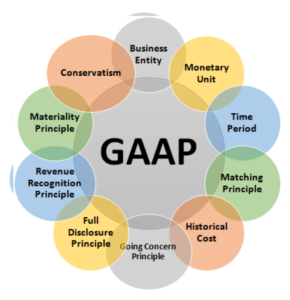
Legal Consolidation is done to comply with statutory accounting rules (like IFRS or GAAP) while Management Consolidation is for internal purposes to track Effectiveness. Get true you love the requirements for both types of reports ahead you start your cast.
Questions to Ask:
- Does your company report using IFRS or Local GAAP?
- How will you manage Intercompany Eliminations (transactions between companies in your group that need to be removed to avoid double counting)?
- What key Performance Indicators (KPIs) do you need to track for internal reporting?
- Are there any Mergers or Acquisitions you need to account for?
Make sure your consolidation software can handle both legal and management requirements. Tools like SAP S/4 Hana Group Reporting can help with both in one solution.
Set Up a Data Governance System
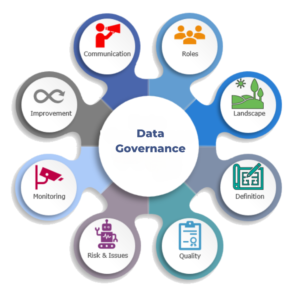
Consolidating financial Information from different sources can lead to mistakes if the Information is managed properly. That wherefore you take amp information organization system—a considerable amount of rules to check that the information you employ is right coherent and sure.
What to Think About:
- Data Validation Rules: How will you check that the data is accurate?
- Master Data Management: How will you organize key data (like entities, cost centers, and profit centers)?
- Currency Conversion: How will you handle financial information in different currencies?
Plan for Change Management
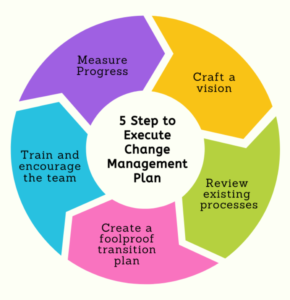
When you change how your company consolidates its finances it affects a considerable amount of departments—finance IT operations etc. That wherefore you take amp shift direction Layout to check that everyone is along the like varlet and set to accommodate to the green unit.
Steps to Follow:
- Get key people (CFO, controllers, IT leaders) involved early in the process.
- Assign clear Roles and Responsibilities to the project team.
- Develop a Communication and Training Plan to help users get familiar with new tools and processes.
By regularly Teaching your staff and asking for feedback you ensure a smooth transition to the new system.
Choose the Right Technology
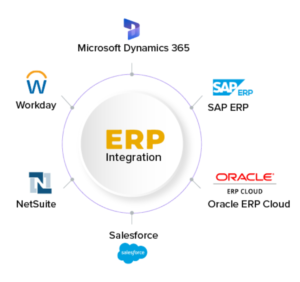
Having the right Technology in place is essential for a successful consolidation project. If your party is mean exploitation tools care surpass power be just big organizations with aggregate entities take further special software system.
What to Consider:
- Can the platform handle Real-Time Consolidations (i.e., instant updates when new financial data is available)?
- Does it Integrate with existing ERP Systems (like SAP or Oracle)?
- Can it support Multi-Currency and Multi-GAAP (for companies that operate in different countries)?
- Will it be flexible enough to adapt to future regulatory changes?
SAP S/4 Hana Group Reporting is one example of a tool that Combines financial Information and consolidation Methods making it easier for large organizations.
Create a Detailed Project Plan
Once you have your Tech in place it time to Make a detailed project plan. Integration projects get work pine and Complicated then having amp light roadmap with milestones and deadlines will keep the project on track.
Important Milestones:
- Data extraction and Analysis: Gathering and reviewing financial data.
- Configuring consolidation rules: Setting up rules for eliminations, currency translations, etc.
- Testing the system: Checking to make sure everything works as expected.
- Go-live and post-go-live support: Launching the new system and providing support after launch.
Break the project into phases like Layout Construct Check and Use and make sure you leave enough time for Checking.
Plan for Intercompany Transactions and Eliminations
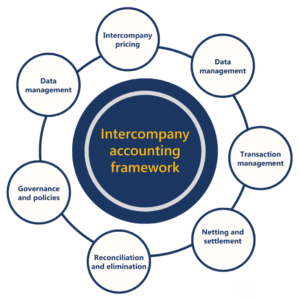
When different companies within your group do business with each other those intercompany transactions need to be eliminated during consolidation to avoid double-counting.
Steps to Follow:
- Identify all intercompany balances (e.g., sales, loans, dividends).
- Develop elimination rules for these transactions.
- Make sure all companies are using the same process for reconciling intercompany balances.
Understand Tax and Regulatory Compliance
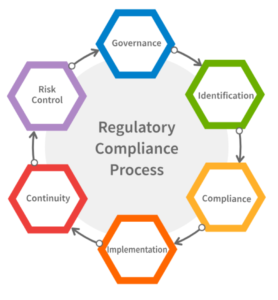
Every country has different tax and regulatory requirements which you need to consider during consolidation. If you do adhere it get run to penalties or delays in your reporting.
Things to Consider:
- Understand local tax provisions and statutory filing requirements for each entity.
- Align transfer pricing policies between group and local reports.
- Make sure your system can handle country-specific reporting requirements (like XBRL filings).
Automate Data Integration
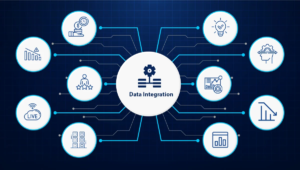
Consolidation involves gathering financial data from various sources, and doing this manually can lead to mistakes. Automating the process will save time and improve accuracy.
What to Focus On:
- Integrating data from different ERP systems (e.g., SAP, Oracle).
- Automating data extraction, transformation, and loading (ETL).
- Setting up data validation workflows to check for errors.
Define Ownership Structures and Adjustments
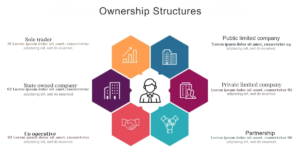
In a large company, ownership structures can be complicated, especially if you have partial ownership of certain businesses. You need to define how these structures will be accounted for during consolidation.
Steps to Take:
- Define how minority interests (when you don’t own 100% of a company) will be handled.
- Set up rules for equity adjustments when ownership changes.
- Prepare for mergers, acquisitions, and divestitures, and how these events will be reflected in the financial reports.
Handle Multiple Currencies and Exchange Rates
If your company operates in different countries you need to handle multi-currency transactions. You take amp Layout for however to change those currencies during integration.
Key Considerations:
- How will you translate financial data from foreign subsidiaries?
- What method will you use to account for currency translation
- When will you set the exchange rates used for consolidation?
Prepare for Different Scenarios
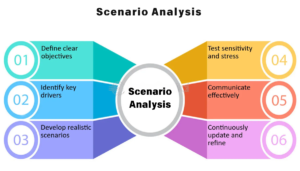
Your consolidation Answer should be flexible enough to handle different reporting needs and scenarios like changes in the business structure or new regulatory requirements.
Steps to Follow:
- Prepare for different reporting scenarios (e.g., different fiscal years or periods).
- Simulate the impact of mergers, restructuring, or acquisitions on the financial reports.
- Implement flexible reporting structures to allow for scenario analysis.
Monitor Performance and Control
Once the consolidation Method is set up you need to keep an eye on its Effectiveness and put controls in place to make sure everything runs smoothly.
What to Do:
- Set up KPIs to monitor performance (e.g., how quickly and accurately the data is consolidated).
- Use automated controls to validate data and eliminate errors.
- Regularly review system logs and audit trails to ensure compliance.
Test Everything Before Going Live
Before you Start your new system run extensive Checks to make sure everything works correctly. You need too take run the grey and green systems inch collateral for amp spell to comparison results
Steps to Include:
- Run tests for different consolidation scenarios.
- Perform parallel runs (use both old and new systems at the same time) to check for discrepancies.
- Involve end-users in testing to ensure that reports and adjustments are accurate.
Conclusion
Starting a Legal & Management Consolidation project requires careful planning and preparation. By assessing your financial setup, clarifying your reporting needs, setting up strong data governance, and choosing the right technology, you can lay the groundwork for a successful consolidation process.
Similarly, to explore more of our blogs click here.
Moreover, you can check our video blog also – Trijotech
